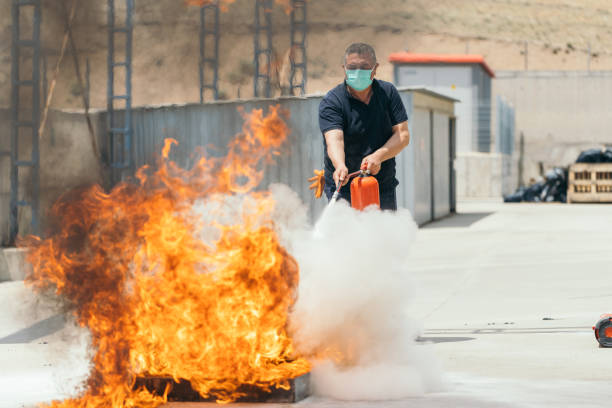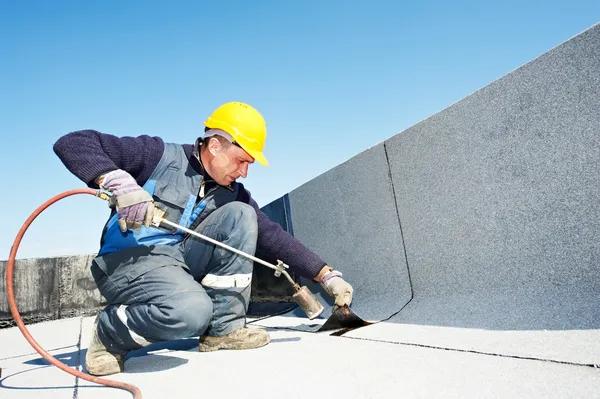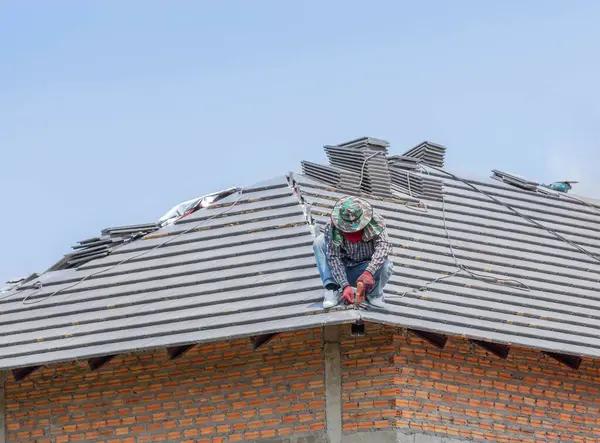Hydrostatic testing is an essential procedure for ensuring the safety and functionality of fire extinguishers. This process involves filling the extinguisher with water or another non-compressible fluid and pressurizing it to a specific level, typically higher than its normal operating pressure. The purpose of this test is to check for leaks and structural integrity issues that could compromise the device’s performance during a fire emergency.
The National Fire Protection Association (NFPA) mandates hydrostatic testing for all types of fire extinguishers at intervals ranging from five to twelve years, depending on the model. This requirement underscores the criticality of this procedure in maintaining high safety standards in both residential and commercial settings.
Hydrostatic testing services are offered by certified professionals who adhere strictly to NFPA guidelines. These experts employ state-of-the-art equipment and techniques to ensure accurate results. The first step in hydrostatic testing involves visually inspecting the fire extinguisher for any signs of wear, corrosion, or damage that might affect its performance. If any such issues are detected, they must be addressed before proceeding with the test.
Next, the technician disassembles the extinguisher and empties it completely before filling it with water or another suitable fluid under controlled conditions. Once filled, a specialized machine pressurizes visit our blog the cylinder beyond its regular operating pressure but within safe limits defined by regulatory bodies like NFPA or Occupational Safety & Health Administration (OSHA).
During this period of high pressure – usually around 30 minutes – technicians closely monitor whether there’s any expansion beyond acceptable levels as per manufacturer guidelines or if there’s visible leakage anywhere on the unit. If either scenario occurs, it indicates that your fire extinguisher may not be reliable during emergencies which can lead to catastrophic consequences.
After successful completion of hydrostatic testing without any anomalies detected, technicians reassemble your fire extinguisher with new parts where necessary including valves and O-rings then refill it with appropriate firefighting agent. The extinguisher is then re-pressurized and sealed, ready for use.
It’s important to note that hydrostatic testing doesn’t just ensure the safety and reliability of your fire extinguishers but also extends their lifespan. It helps identify potential issues before they escalate into bigger problems, saving you from costly replacements in the long run.
In conclusion, hydrostatic testing services are a crucial aspect of fire safety management for any building owner or manager. By regularly scheduling these tests with certified professionals, you can guarantee the readiness of your fire extinguishers in case of emergencies while complying with regulations set forth by NFPA and OSHA. Remember, when it comes to fire safety equipment, prevention is always better than cure.










